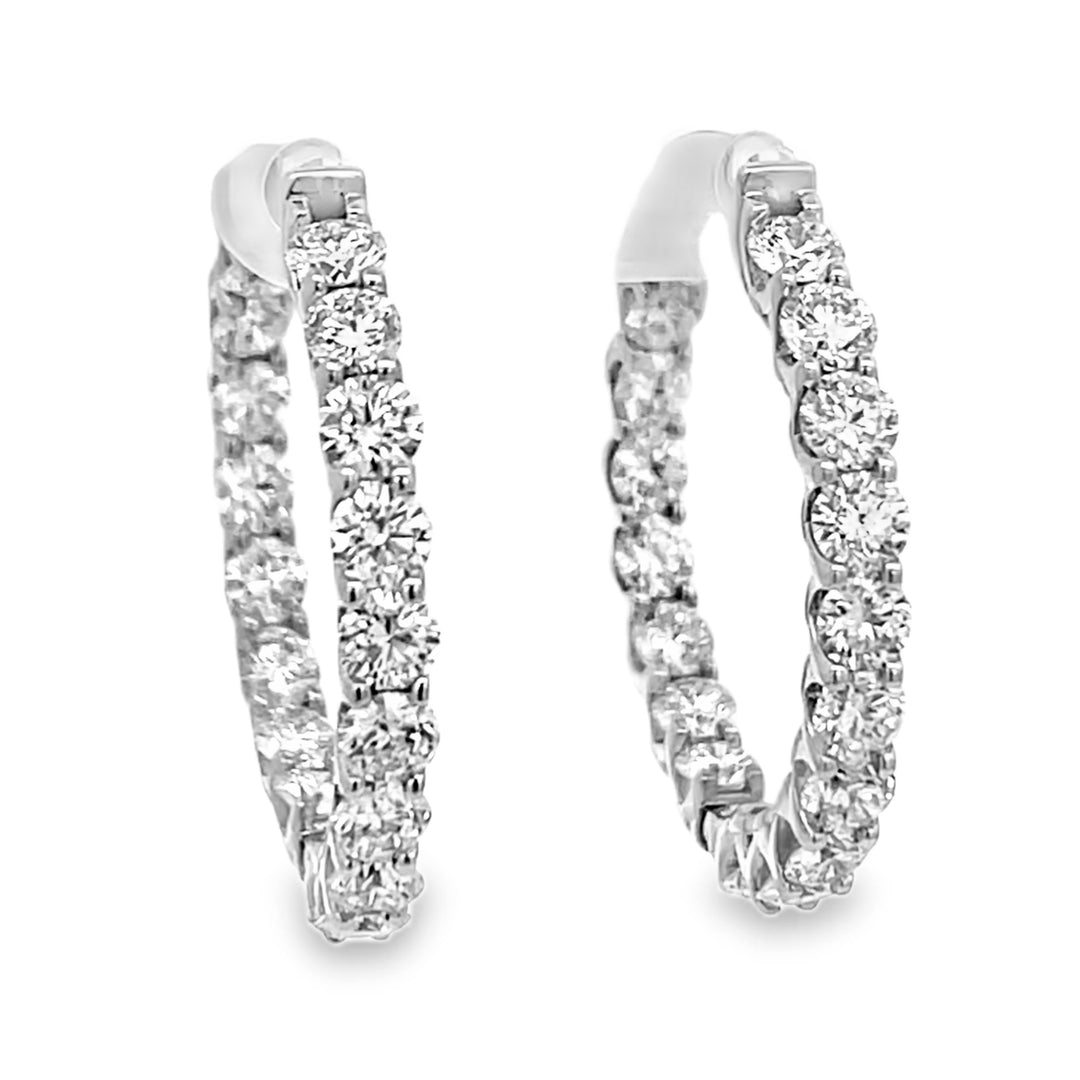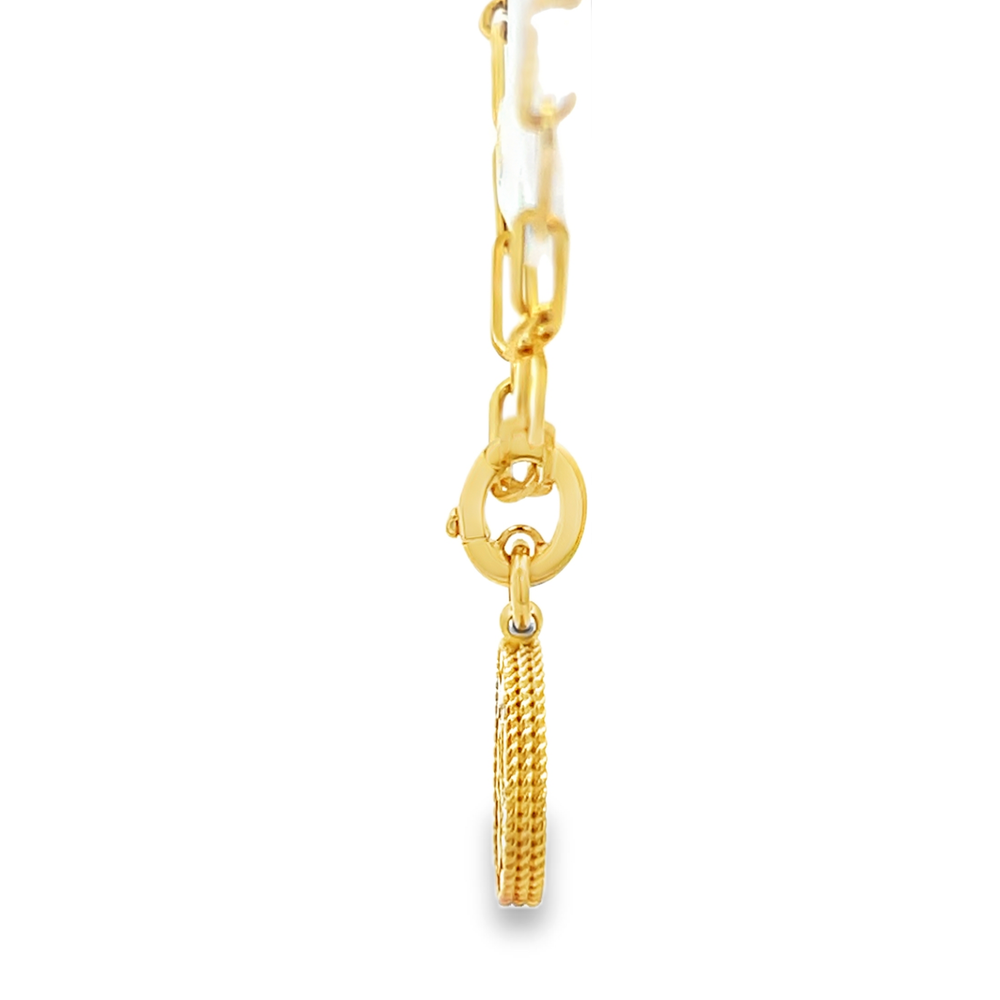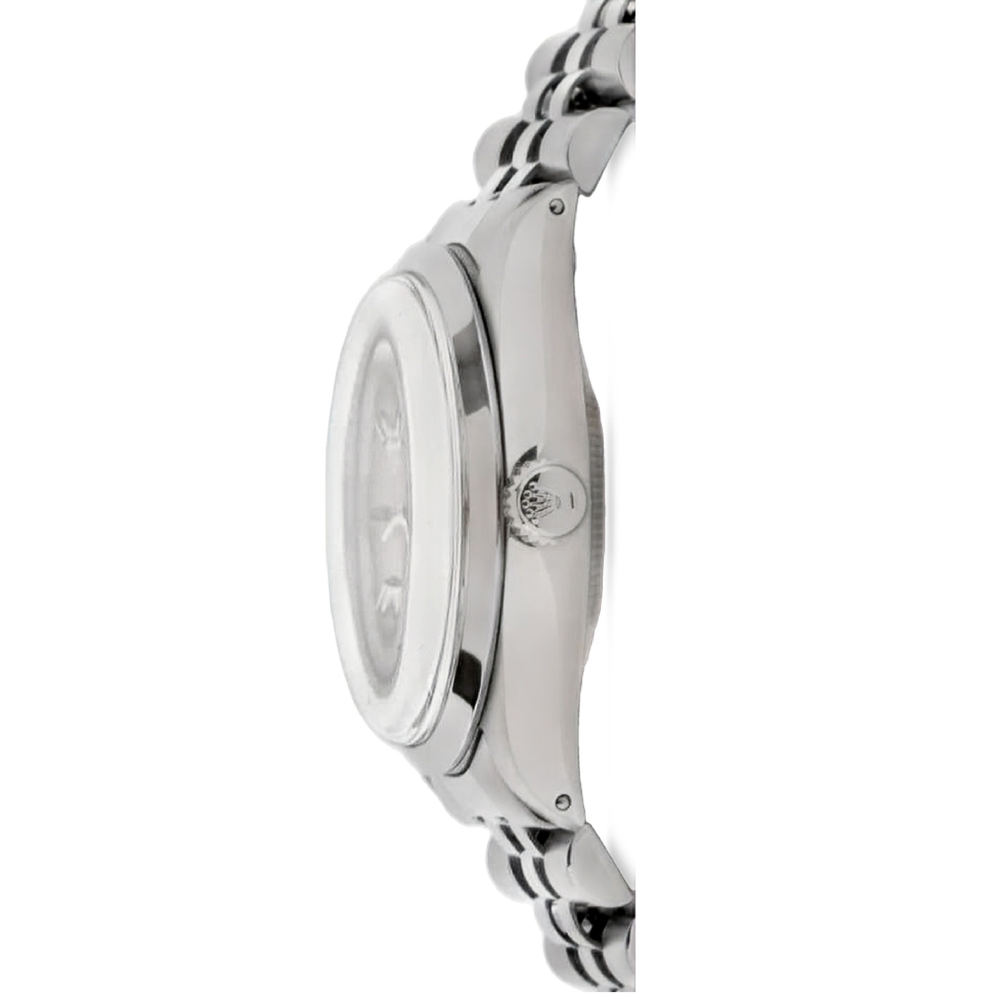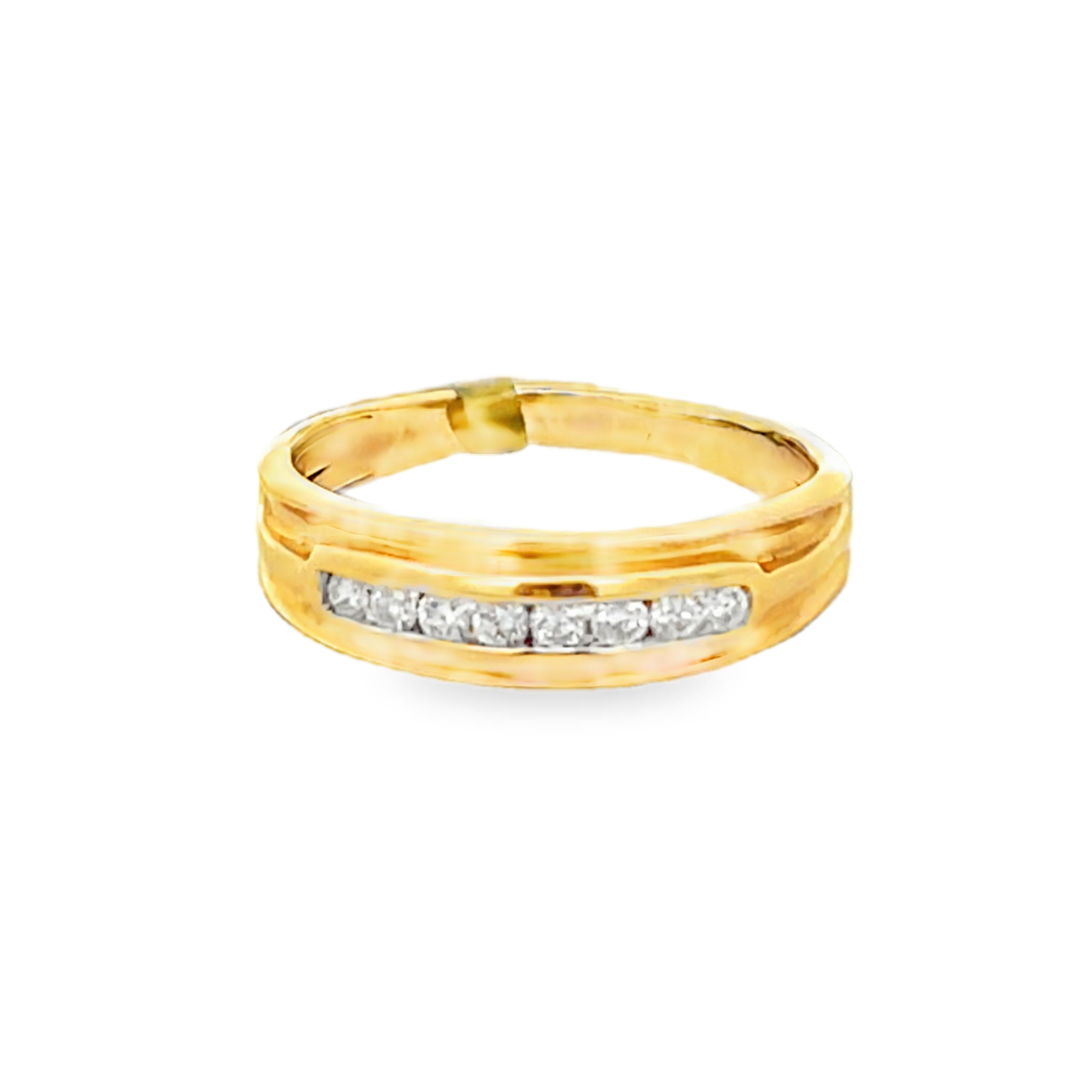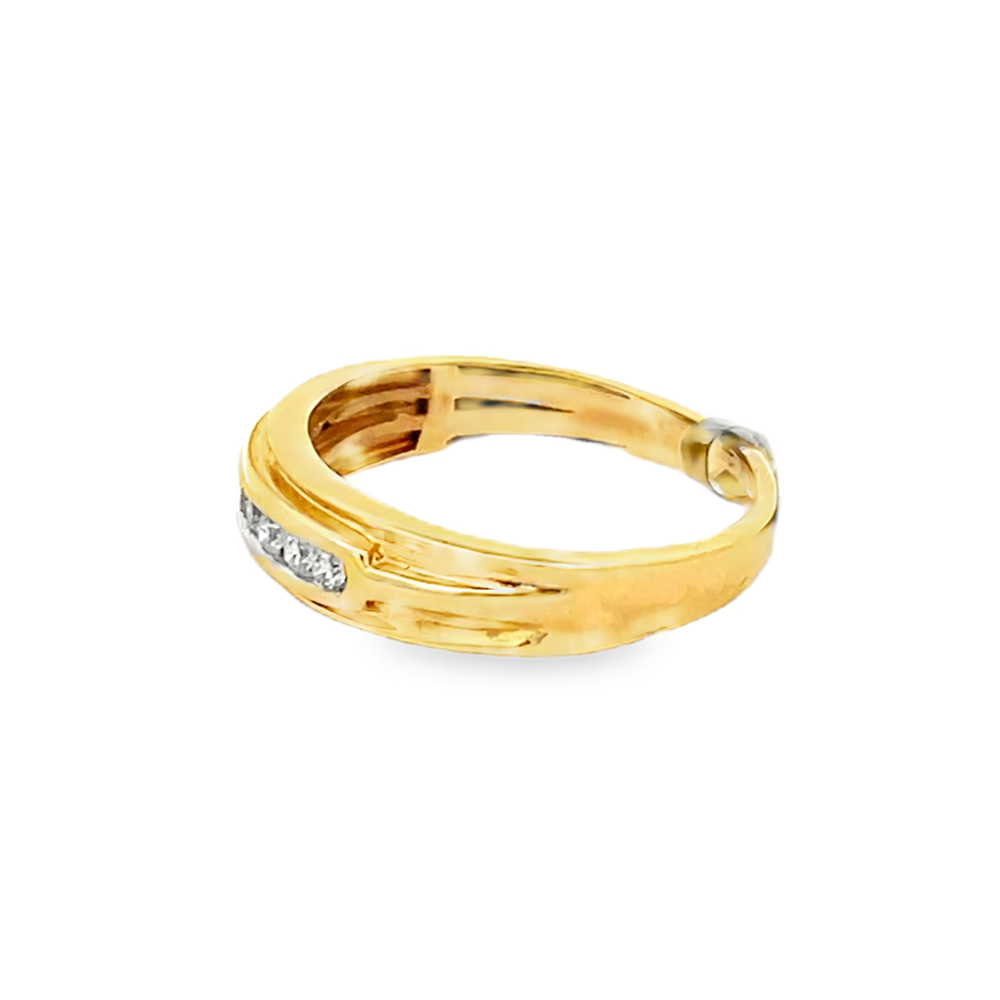Selecting the right metal for your jewelry isn't just about looks—it's a decision that affects how long it lasts, how much care it needs, how comfortable it is to wear, and how valuable it will be over time. The metal you choose becomes the base that holds your precious stones and defines how your piece looks and feels on your skin every single day.
This comprehensive jewelry metals guide walks you through everything you need to know about choosing jewelry metals, from traditional options like gold and platinum to modern alternatives that offer unique benefits. You'll discover the key differences in the gold vs platinum debate, understand how metal purity affects your jewelry's performance, and learn which option aligns best with your lifestyle and budget.
Whether you're shopping for an engagement ring, wedding band, or a custom piece that tells your story, understanding your metal options empowers you to make a confident, informed decision. Let’s explore what makes each metal special and help you find the perfect match for your needs.
Understanding Jewelry Metals
When you're shopping for jewelry, you’re typically choosing between three primary precious metals: gold, silver, and platinum—alongside a growing selection of modern alternatives. Each metal has its own unique qualities that affect how your jewelry looks, feels, and wears over time.
Key Properties That Matter
The best jewelry metals share specific qualities that make them ideal for pieces you'll wear daily or treasure for a lifetime:
- Resistance to tarnish and corrosion – So your jewelry maintains its shine without constant polishing
- Malleability – Workable enough for intricate designs while remaining durable
- Hypoallergenic qualities – Essential if you have sensitive skin
- Density and weight – Influences both feel and perceived value
The Role of Alloying
Pure metals are often too soft for everyday wear, which is where alloying becomes essential. By combining precious metals with other metals, jewelers enhance strength, durability, and even color—without sacrificing beauty. For example, pure 24K gold is soft and prone to scratching. Blending it into 14K or 18K gold creates a stronger alloy suitable for daily wear.
The specific metals in an alloy also determine color: white gold’s cool tone comes from palladium or similar metals, while rose gold’s blush tone comes from copper.

Gold Jewelry: Characteristics and Varieties
Gold’s timeless appeal comes from its natural warmth, versatility, and prestige. When you shop for gold pieces at Gabriel Fine Jewelers, you’ll see karatage markings that indicate purity levels. Pure 24K gold is rarely used for everyday pieces; that’s where gold alloys come in.
Understanding the Karatage System
- 24K gold – 99.9% pure; rich color but very soft
- 18K gold – 75% pure; luxurious, slightly softer
- 14K gold – 58.3% pure; ideal balance of durability and beauty
- 10K gold – 41.7% pure; highly durable, less saturated color
The Different Colors of Gold
- Yellow gold – Classic and warm, created with gold, silver, and copper
- White gold – Cool-toned, created with white alloys and often rhodium plated
- Rose gold – Romantic pink hue from higher copper content
Why 14K Gold Jewelry is a Popular Choice
14K gold jewelry is a favorite for engagement rings and wedding bands because it offers strength for everyday wear while keeping that rich gold look—perfect for Modesto clients who want longevity and luxury.
Caring for Your 14K Gold Jewelry
Clean your 14K gold with warm soapy water and a soft cloth. Regular professional inspections at Gabriel Fine Jewelers help ensure prongs, settings, and finishes stay secure and brilliant.
Platinum Jewelry: Features and Benefits
Platinum is a favorite among clients seeking a premium, enduring metal—especially for engagement rings and wedding bands.
Weighty and Durable
Platinum alloys used in fine jewelry are typically 90–95% pure platinum, giving each piece noticeable weight and exceptional strength.
Hypoallergenic and Low-Maintenance
As one of the most hypoallergenic metals, platinum is ideal for sensitive skin. It resists tarnish and doesn’t require rhodium plating, instead developing a soft patina that you can polish back to a high shine at any time.
Secure and Long-Lasting
Platinum’s density keeps diamonds and gemstones secure, making it a top choice for forever pieces. During a visit to our McHenry Village showroom, our team can walk you through whether platinum or gold is the better fit for your lifestyle and design.
Comparing Gold vs Platinum for Jewelry
When weighing gold vs platinum, consider cost, care, and how you’ll wear the piece day-to-day.
Price Point Reality
Platinum jewelry generally requires a higher upfront investment than 14K gold due to rarity and purity. Many clients choose 14K gold for value and platinum for signature, once-in-a-lifetime designs.
Durability and Maintenance Differences
Platinum is dense and naturally white; scratches displace metal instead of removing it. White gold offers a bright white look but typically needs periodic rhodium plating. Both are excellent; the right choice depends on how you wear your jewelry.
Skin Sensitivity Considerations
If you have metal sensitivities, platinum is usually the safest choice. For gold, our team can guide you toward alloys that avoid irritants and work with your skin.
Other Metal Options for Rings and Jewelry
Alternative ring metals like titanium and stainless steel offer modern looks and practical benefits.
Titanium Rings: Lightweight and Durable
Titanium rings are strong, lightweight, and highly resistant to corrosion—ideal for active lifestyles or secondary bands.
Stainless Steel Jewelry: Affordable and Versatile
Stainless steel jewelry is durable, budget-friendly, and great for fashion-forward designs, though it’s less traditional for fine heirloom pieces.
Choosing the Right Metal Based on Lifestyle and Preferences
Your daily routine, preferences, and skin sensitivity should guide your decision.
Active Lifestyles
- Platinum or titanium for durability and security
- Metals that handle impact, frequent handwashing, or gloves
Budget
14K gold delivers excellent value; platinum is a premium choice; titanium and stainless steel are strong options at entry-level price points.
Aesthetic Preferences
- Yellow gold for timeless warmth
- Platinum or white gold for modern, cool-toned elegance
- Rose gold for soft, romantic color
Custom Jewelry Expertise at Gabriel Fine Jewelers in Modesto
When you’re ready to turn your metal choice into a meaningful piece, working with experienced artisans matters. For over 25 years, Gabriel Fine Jewelers has served Modesto with custom designs, heirloom redesigns, and carefully curated fine jewelry.
We specialize in:
- Engagement rings in platinum, white, yellow, and rose gold
- Wedding bands tailored to your lifestyle and existing jewelry
- Custom designs built around your story, stones, and preferred metal
Explore ethical and modern options in our lab-grown fine jewelry collection, or begin a fully custom piece through our custom jewelry design page.
Learn More About Jewelry Metals
You deserve clarity before you commit. Use guides like this alongside a one-on-one conversation with our team so you understand how purity, alloy, lifestyle, and care all come together in the right metal choice for you.
Speak with a Jewelry Expert Today!
Ready for personalized guidance? Visit us at 1700 McHenry Avenue, Suite 27, McHenry Village, Modesto or call (209) 529-2110 to schedule your consultation. Our showroom is open Monday through Saturday, 10:00 am to 6:00 pm.
While you're here, explore our Best Sellers collection for timeless pieces in your favorite metals.
FAQs (Frequently Asked Questions)
What are the key differences between gold and platinum in jewelry?
Platinum is rarer, naturally white, and highly durable, making it a popular choice for engagement and wedding rings. Gold offers multiple colors and karat options, from 14K for everyday strength to 18K for richer color. Our team can help you compare both in person.
How does karatage affect the quality and appearance of gold jewelry?
Karatage measures purity. Higher karats (18K) mean richer color and softer metal; 14K offers a strong balance of durability and beauty, which is why it’s a favorite at Gabriel Fine Jewelers for daily-wear rings.
Why is alloying important in jewelry metals?
Alloying improves strength, color, and wearability. It allows metals like gold and platinum to hold stones securely and resist everyday wear, which is essential for engagement rings and heirlooms.
What alternative metals are available for rings besides gold and platinum?
Titanium and stainless steel offer modern aesthetics, durability, and affordability. They’re great options for lifestyle bands or fashion pieces; for forever rings, gold and platinum remain the preferred fine jewelry standard.
How should I choose the right metal for my lifestyle and preferences?
Consider your activity level, budget, skin sensitivity, and style. Active wearers or those with sensitivities may lean toward platinum; others may prefer the versatility of 14K gold. A quick in-store consultation will match metals to how you actually live.
What expertise does Gabriel Fine Jewelers in Modesto offer for custom jewelry?
With 25+ years serving Modesto and over 35 years of design experience, Gabriel Fine Jewelers specializes in custom engagement rings, wedding bands, and fine jewelry in all major metals. Visit our McHenry Village showroom or start your custom design online.
Not sure which metal is right for you? We’ll walk you through it.







